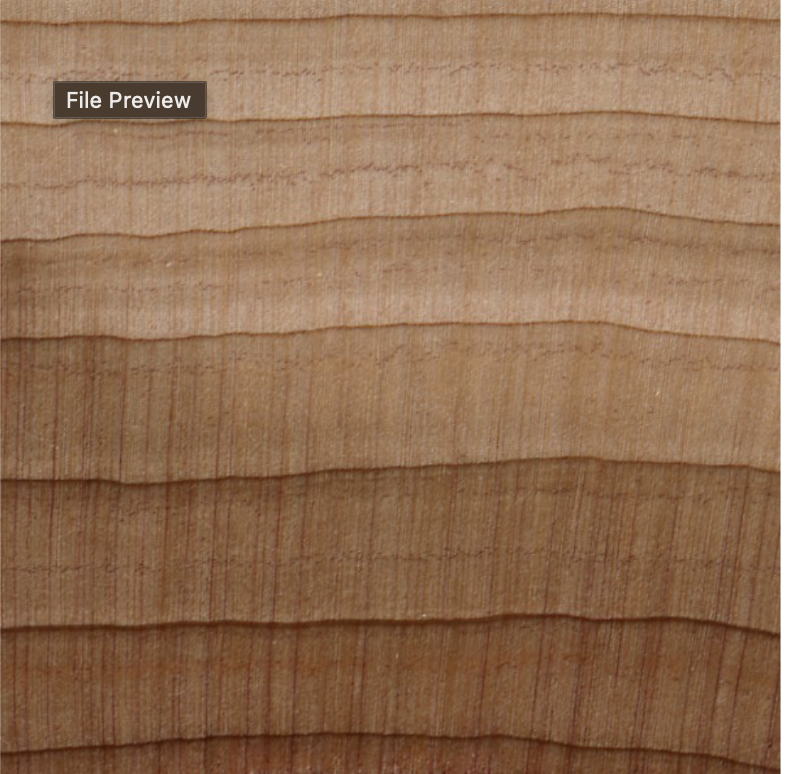Wood ID
1/34
There's no tags or description
Looks like no tags are added yet.
Name | Mastery | Learn | Test | Matching | Spaced |
|---|
No study sessions yet.
35 Terms
American Elm
Single row of earlywood pores
Rays indistinct cross section (4-5 seriate)
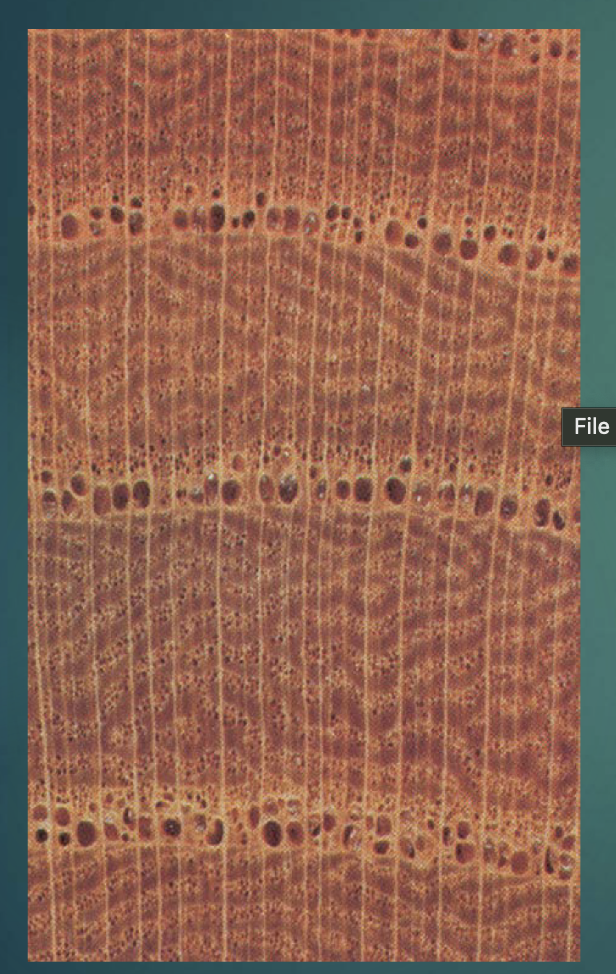
Red/Slippery Elm
multiple rows of earlywood pores
darkish red-brown heartwood
rays relatively indisinct

Hackberry
multiple rows of earlywood pores
light brown heartwood with yellowish cast
rays more distinct than either elm
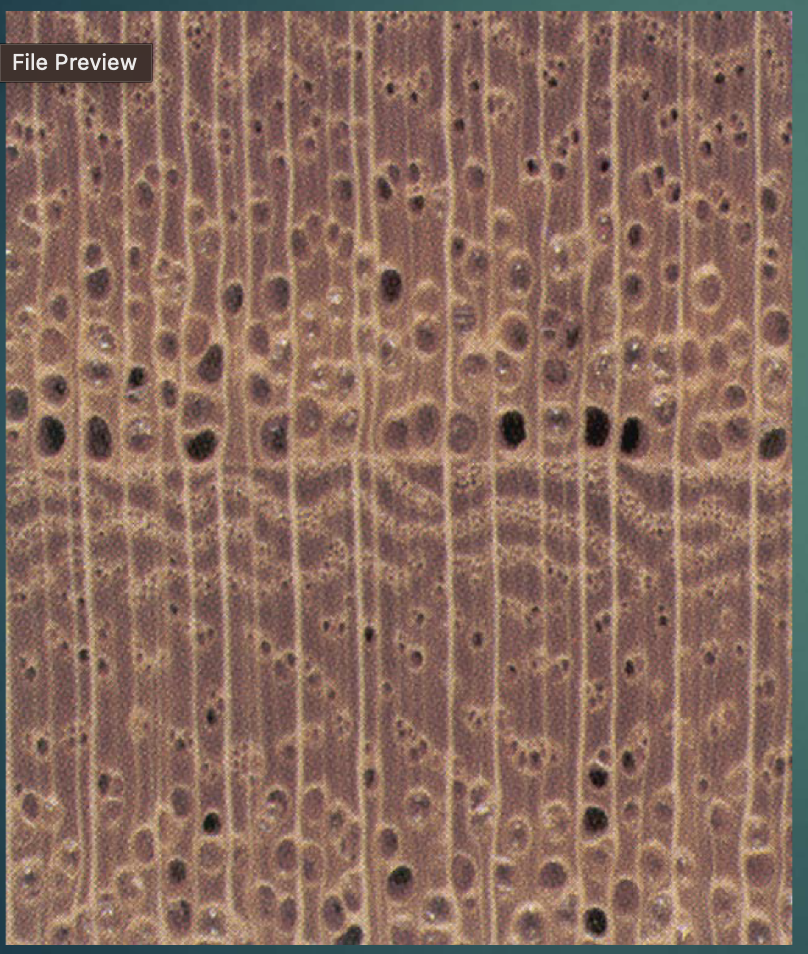
N. Red Oak
multiple rows of round earlywood pores
tyloses absent or sparse (distinguish from white oak)
Ray ends thick and distinctive
pink/red brown
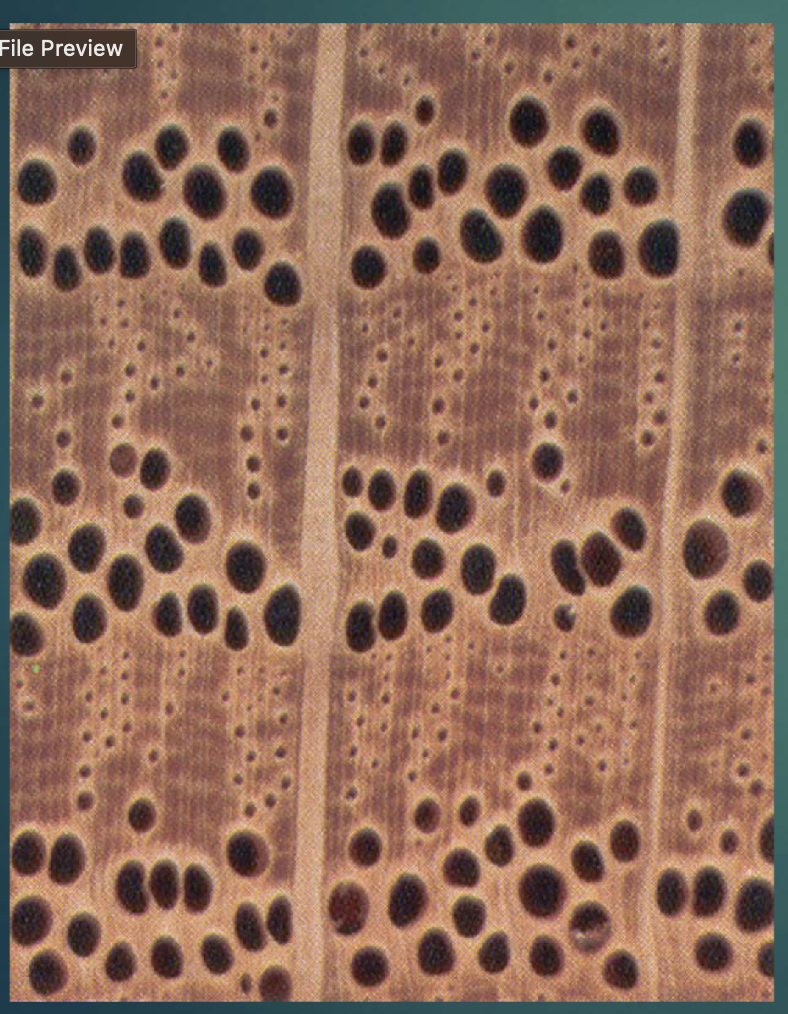
White oak
Abundant tyloses (dif from n red)
“whiter” than red oak
latewood pores forming distinct dendritic masses
thick, distinct rays
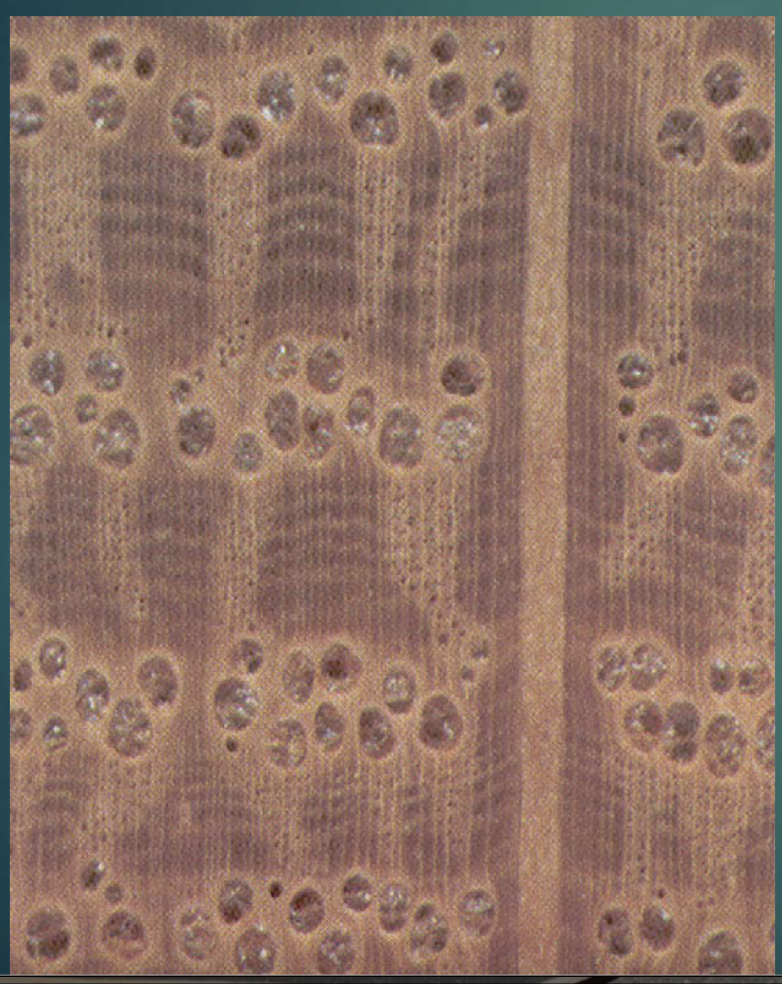
Fraxinus americana
wide sapwood band
larger growth rings than Fraxinus nigra
aliform parenchyma
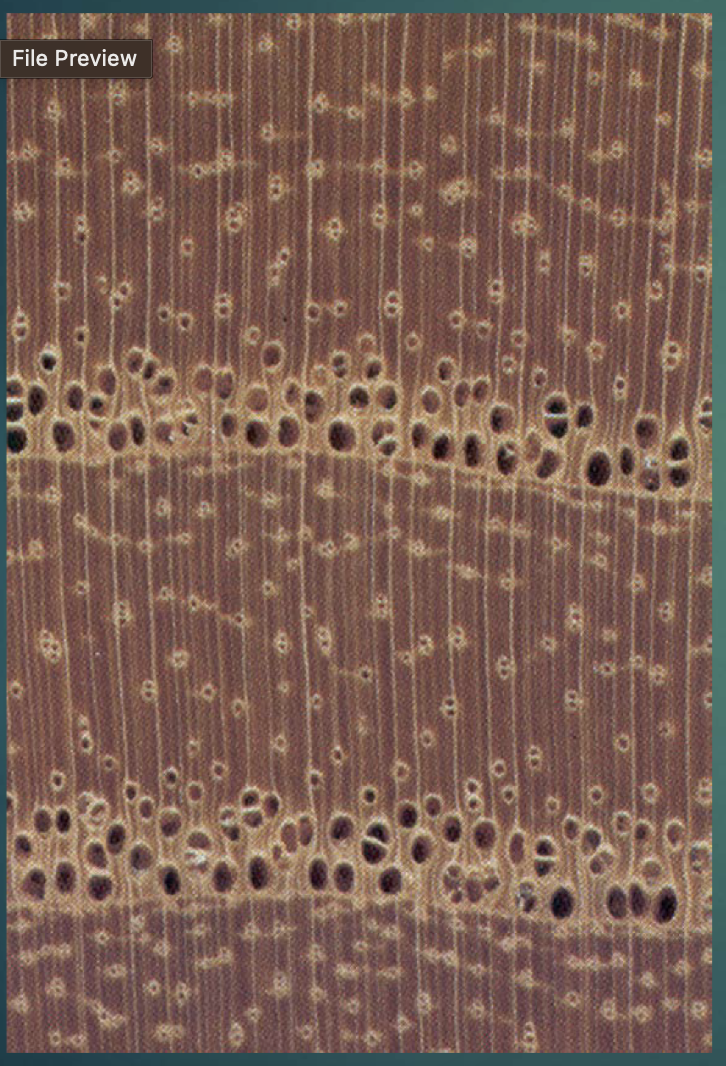
Fraxinus nigra
brighter wood than white ash
thinner growth rings than white ash
less obvious longitudinal parenchyma

True hickory
distinctive longitudinal parenchyma does not extend into earlywood pores
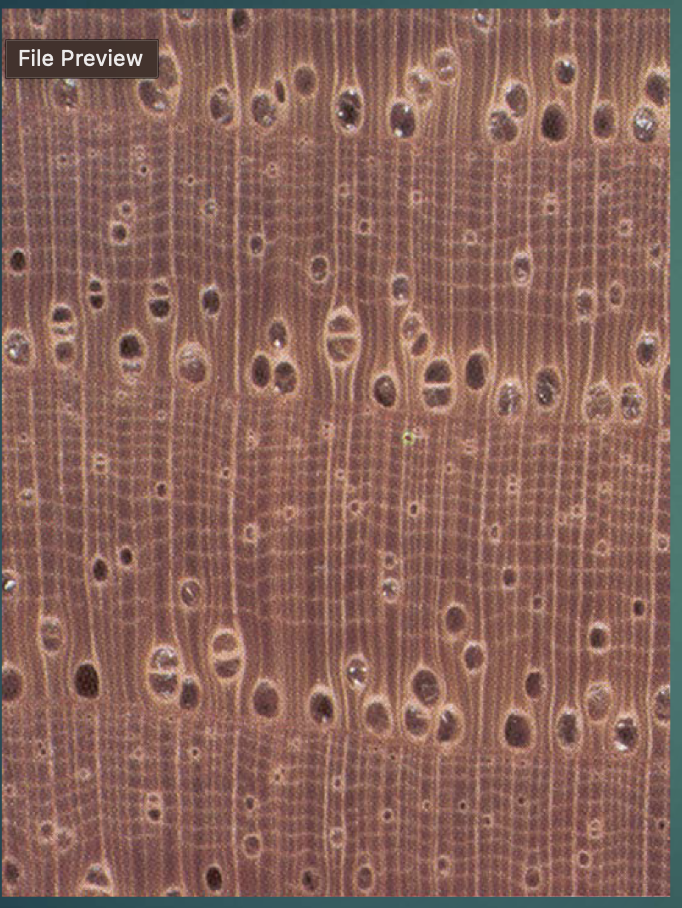
pecan hickory
distinctive longitudinal parenchyma extend into earlywood
may appear semi-ring porous instead of ring porous
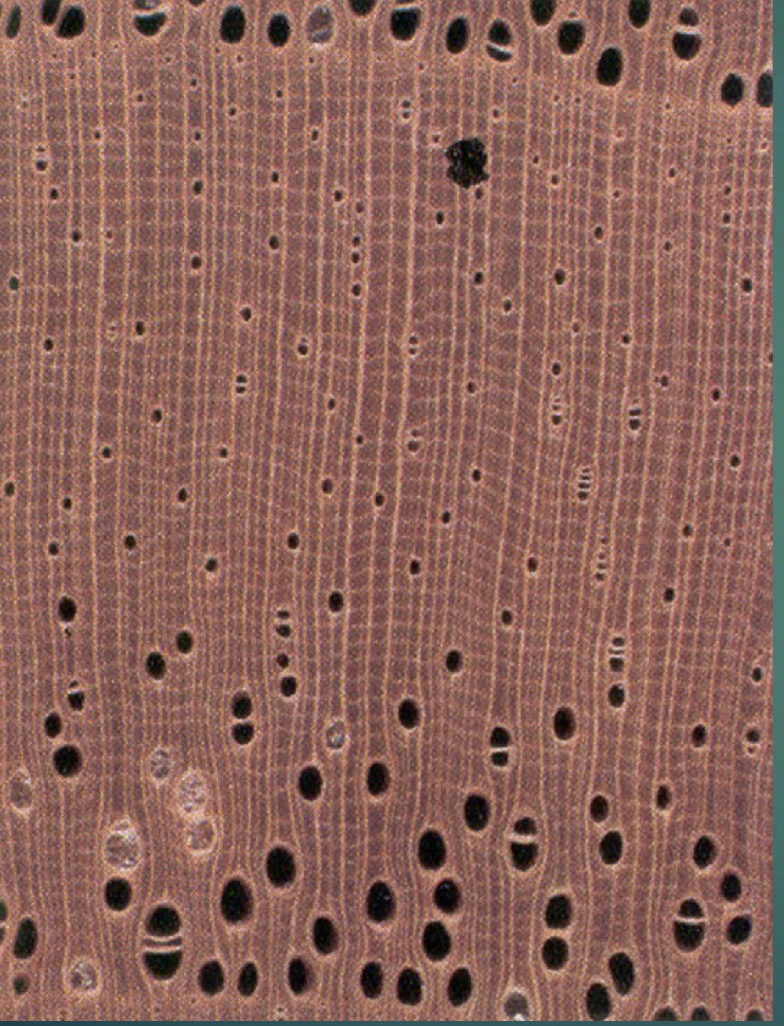
Juglans cinerea (Butternut)
Distinctive- Fluted growth rings
solitary or short radial multiple pores
apotracheal and/or diffuse in aggregate longitudinal parenchyma
light brown, often streaky
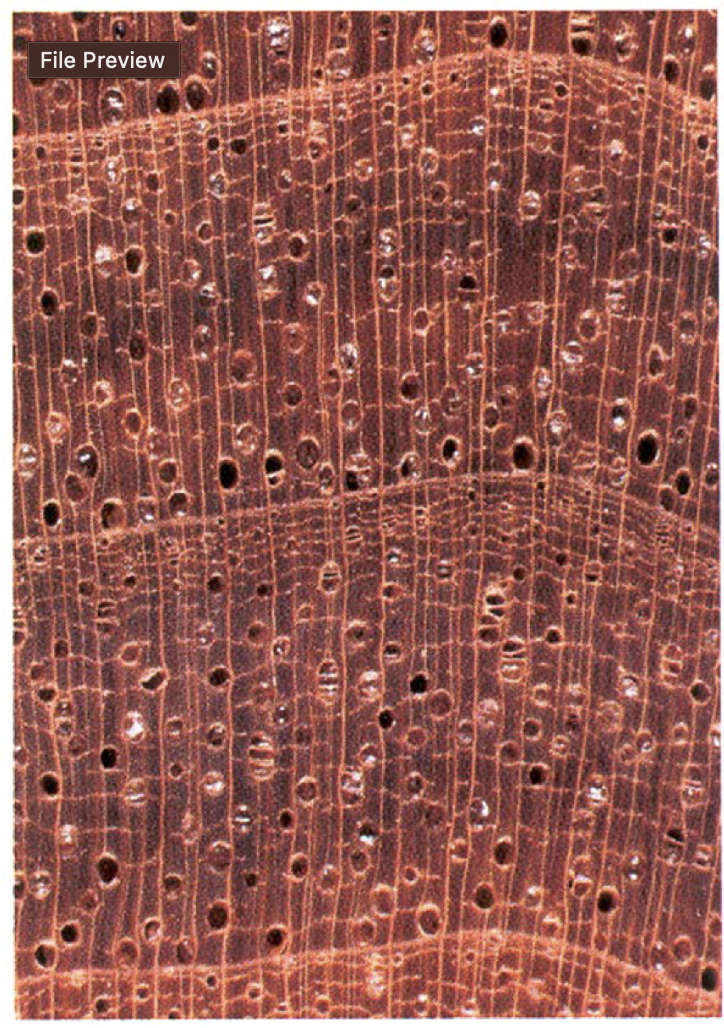
Black walnut- Juglans nigra
Highly distinctive chocolate to purple wood
solitary or short multiple pores
short growth rings

Prunus serotina
Diffuse porous
deep brown/yellow color
indistinct pores
ray fleck is distinct- light on dark
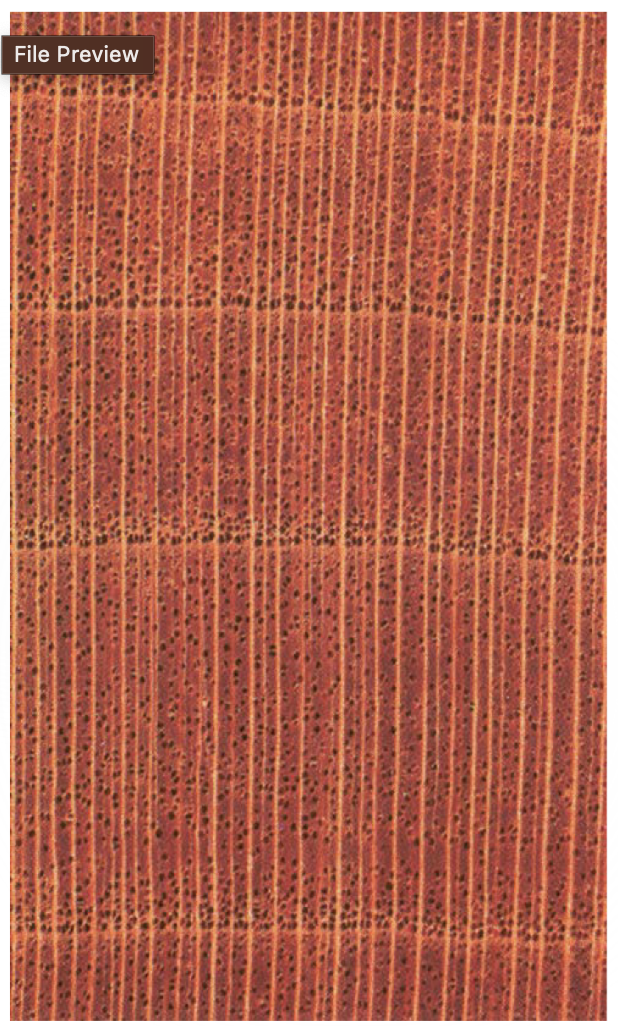
Populus spp.
cannot be reliably separated by hand lens
indistinct rays and pores
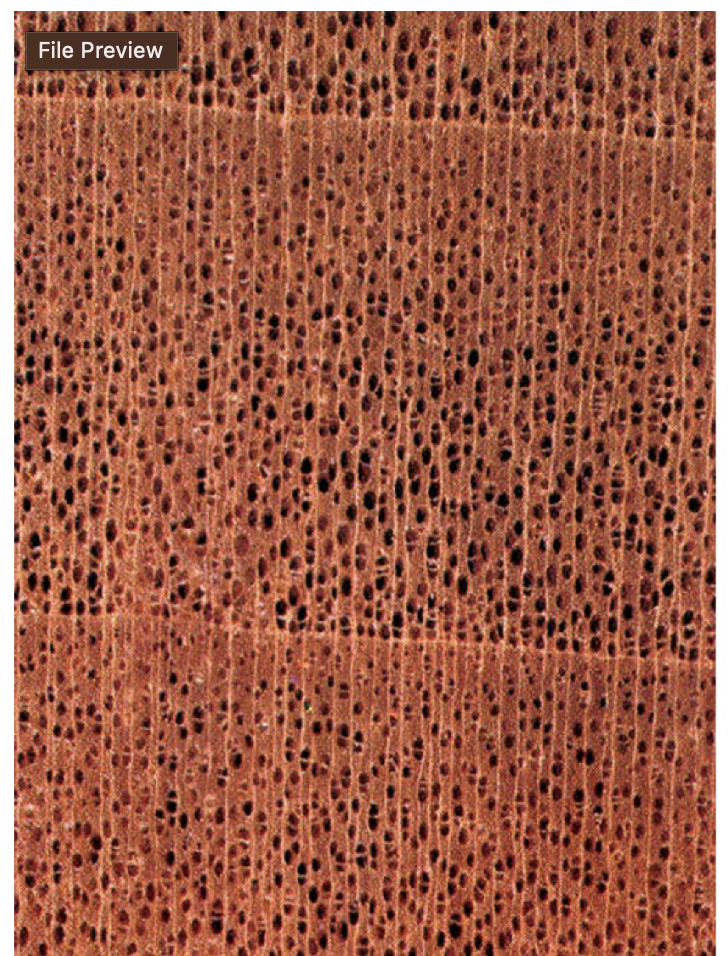
Betula spp.
light brown, light
pores small and appear as white dot, always wider than rays

soft maple (red, silver, boxelder)
grayish cast/streaks
ray ends typically less obvious than hard maple
larger growth rings than hard maple
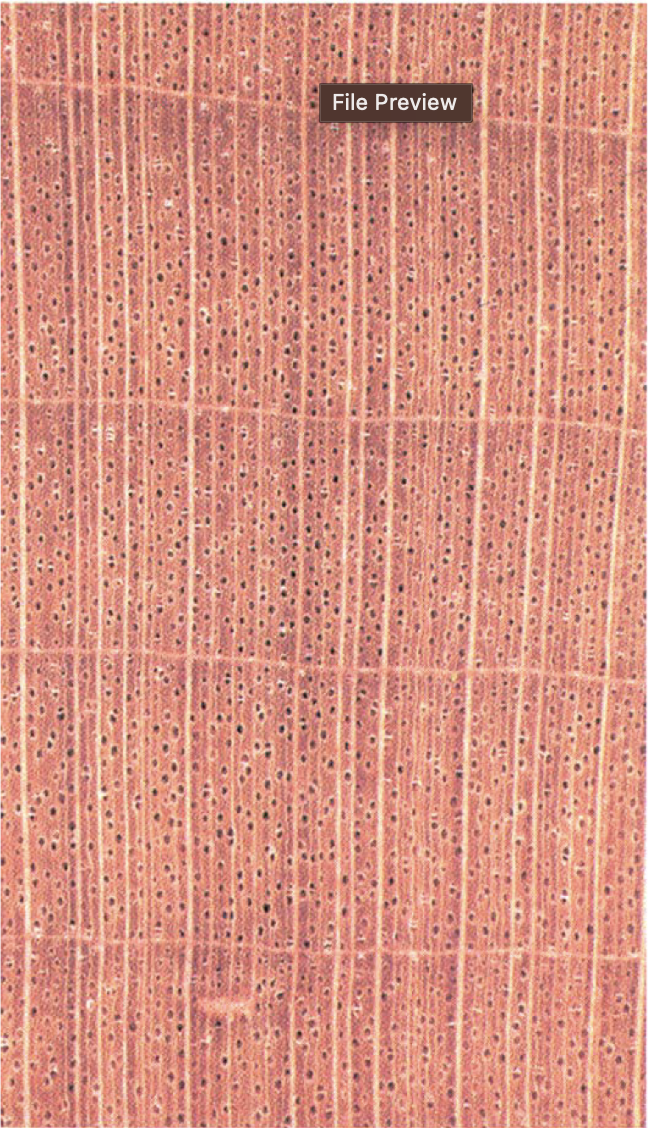
hard maple (Acer saccharum)
dense latewood band of dark brown
non obv LP
rays easily visible on cross ection

red alder (Alnus rubra)
reddish/pink tinted wood, indistinct growth rings
occasional wide aggregate rays
very light wood, indistinct but darker than aspen
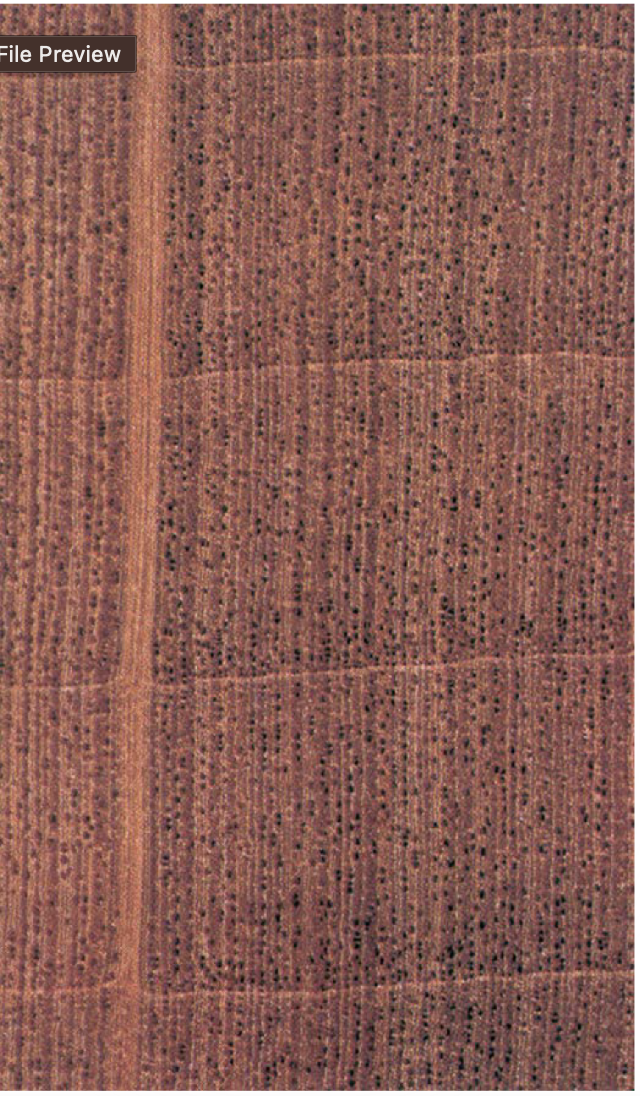
American basswood (Tilia americana)
very light wood, marginal LP is reasonably distinct, less distinct than yellow-poplar
wide and evenly spaced rays, NODED
darker wood than aspen
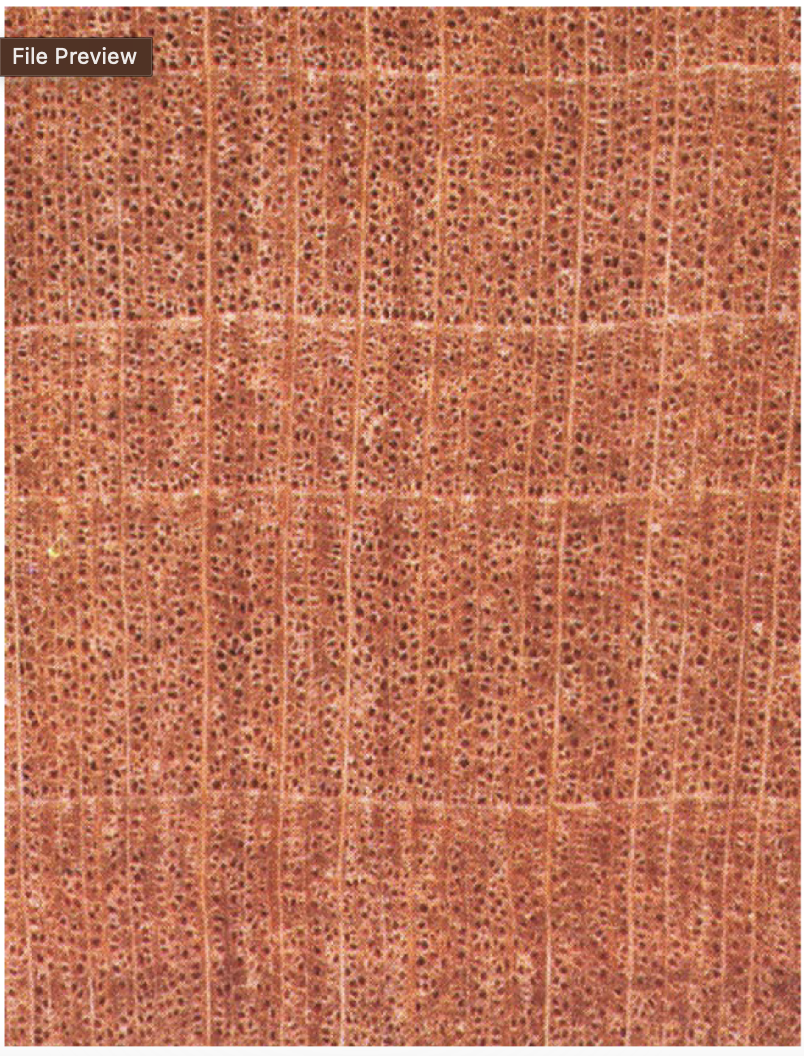
yellow-poplar (Liriodendron Tulipifera)
highly distinct rays, obvious green color with fresh cut
wood appears similar to aspen, but more distinct rays

American beech (Fagus grandifolia)
noded rays apparent, rays either 1-5 seriate or 15-20 seriate (noded rays apparent here)
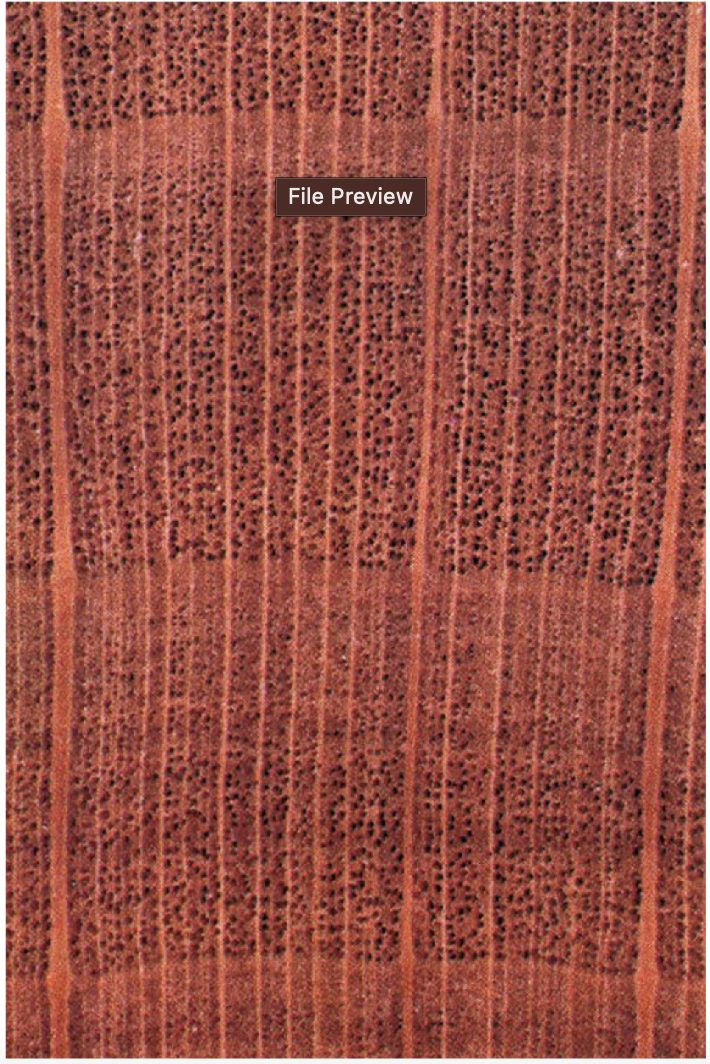
red gum
reddish brown w grey cast
thin irregular growth rings but obviously diffuse
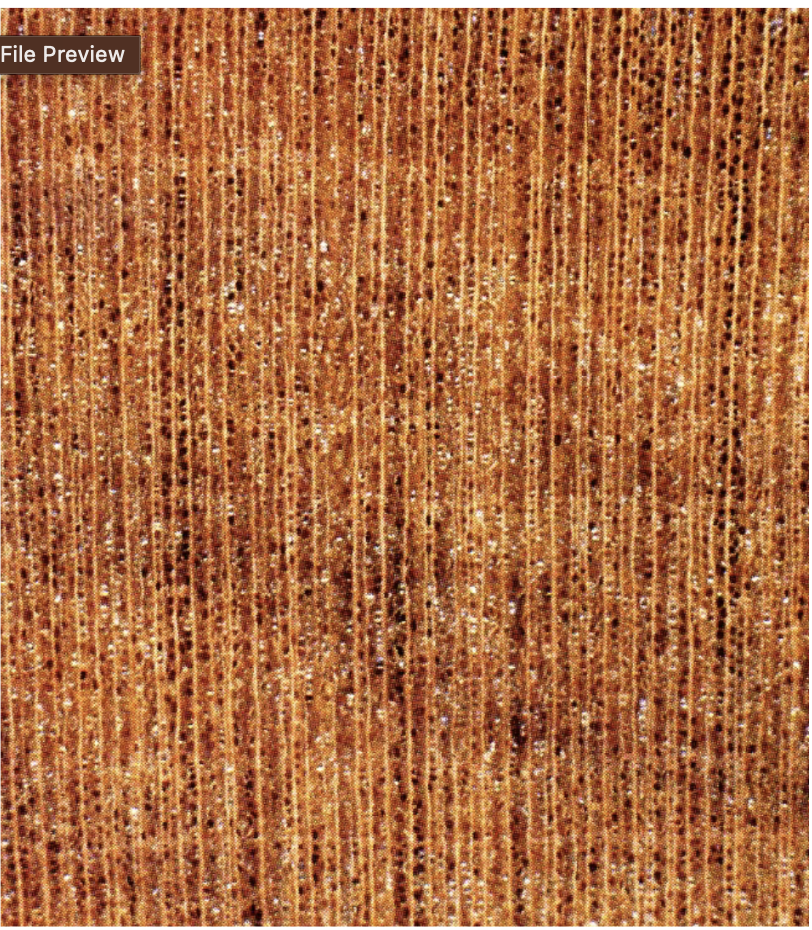
rubberwood- Hevea brasiliensis
blond/tan with indistinct growth rings
diffuse with very large pores (single or 2-4)
LP forms grid pattern
wood feels rubbery, indistinct but not light

red lauan- Shorea spp.
large, evenly distributed pores, gum ducts, light brown wood

apitong- Dipterocarpus
exclusively large splitary pores (white dots), highly distinct grain
medium width rays
can be yellow/brown or red/brown
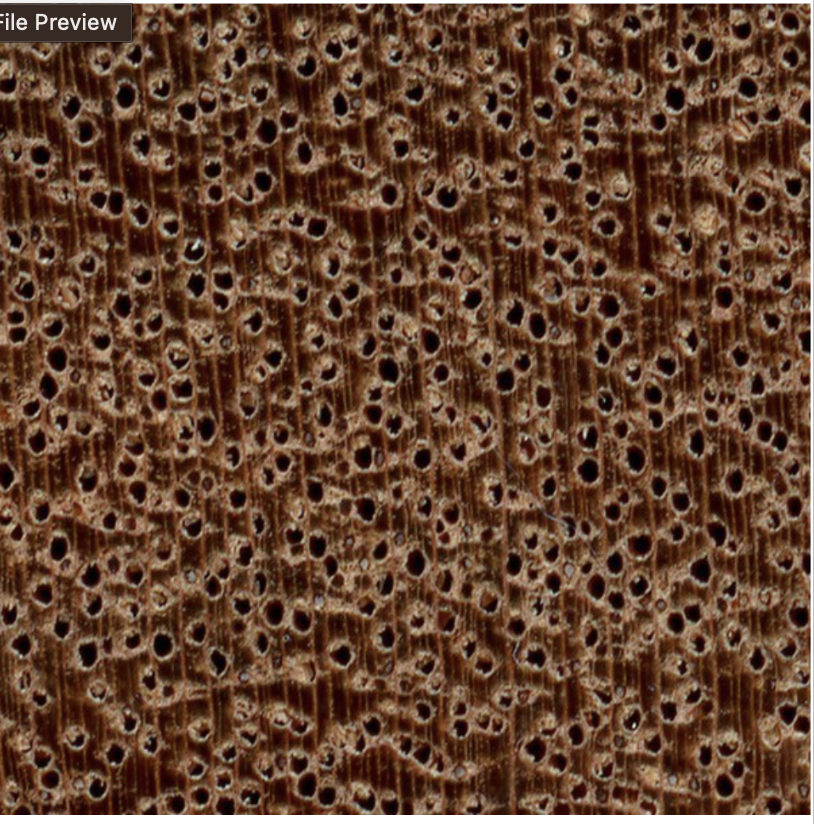
American mahogany- Switiena macrophylla
large diffuse pores, distinct rays, red wood

teak- Tectona grandis
variable pore arrangement, tyloses, distinct rays, golden brown color

soft pine (Pinus strobus)
very light, large, solitary resin canals, indistinct EW to LW transition, fusiform rays
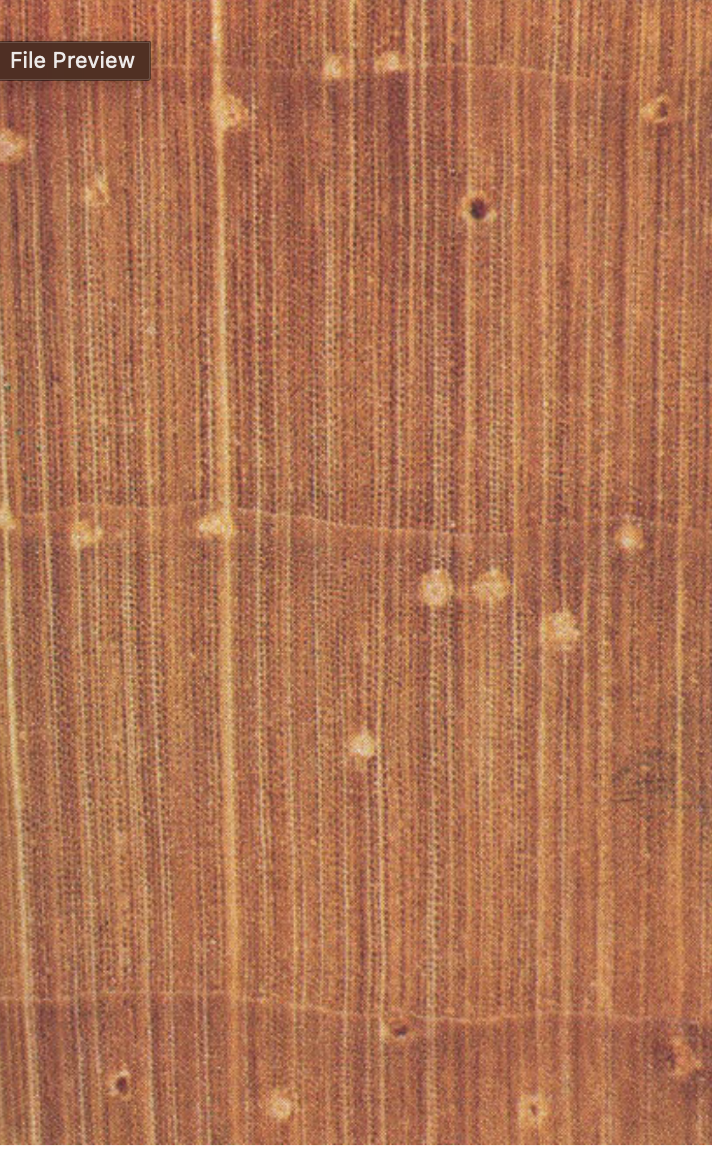
hard pine
highly distinctive growth rings, resin canals obv in LW, appear as white dots, much denser than soft pine
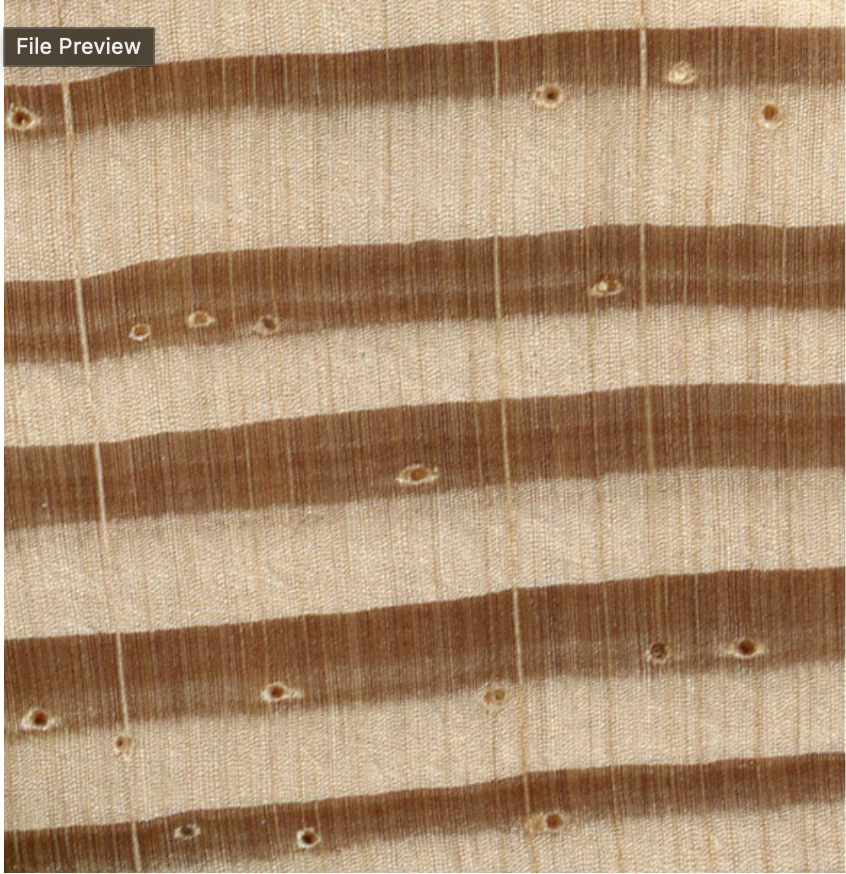
spruce (picea spp.)
soft, white, and light. Look for resin canals to differentiate, canals can be solitary or short rows, show up in clusters (sporadic) distinct transition to LW
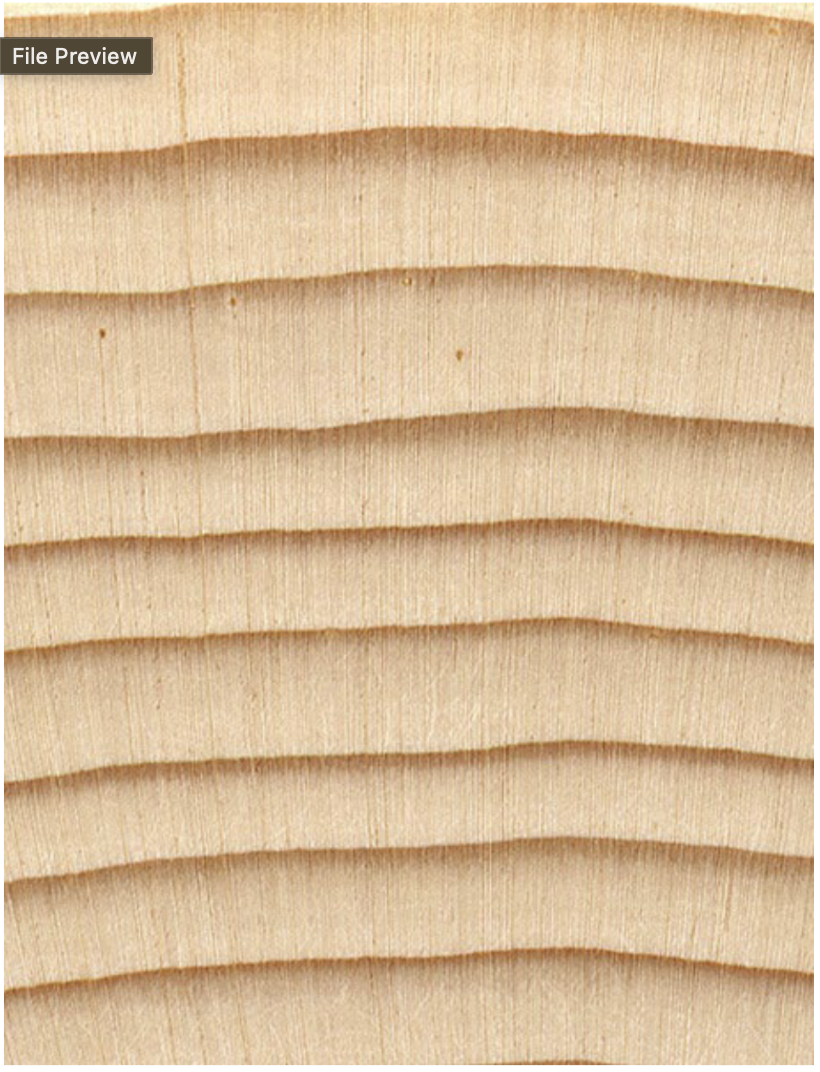
Doug fir/ larch (Psuedotsuga menziesii, Larix spp.)
smells funk as fuck when wet
resin canals in LW, distinct growth rings
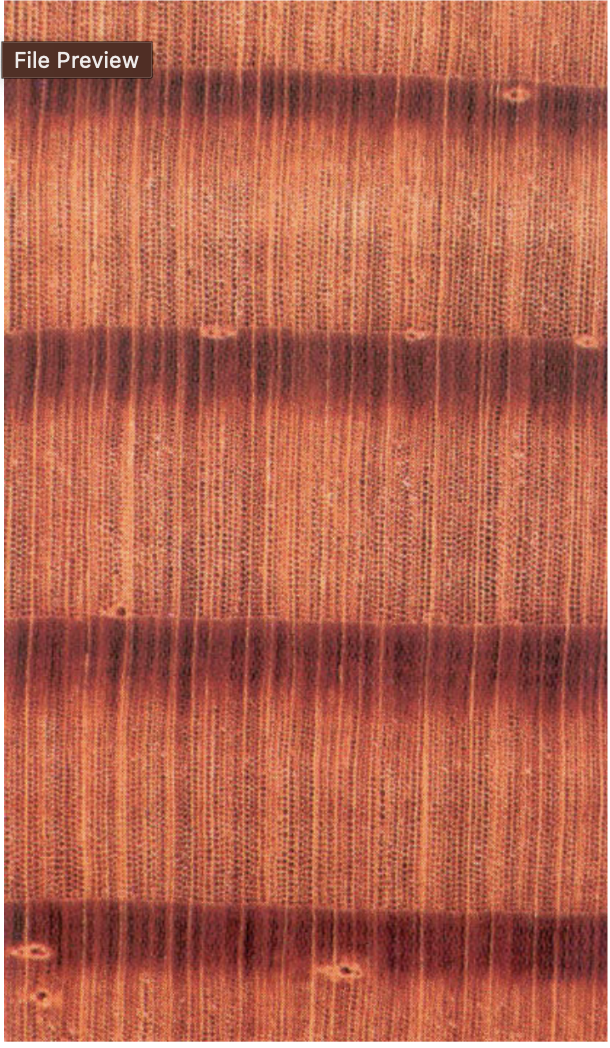
hemlock/fir
gradual E-LW transition (more abrupt in hemlock)
medium percent latewood
often confused w/ spruce, but NO resin canals, gr more distinct
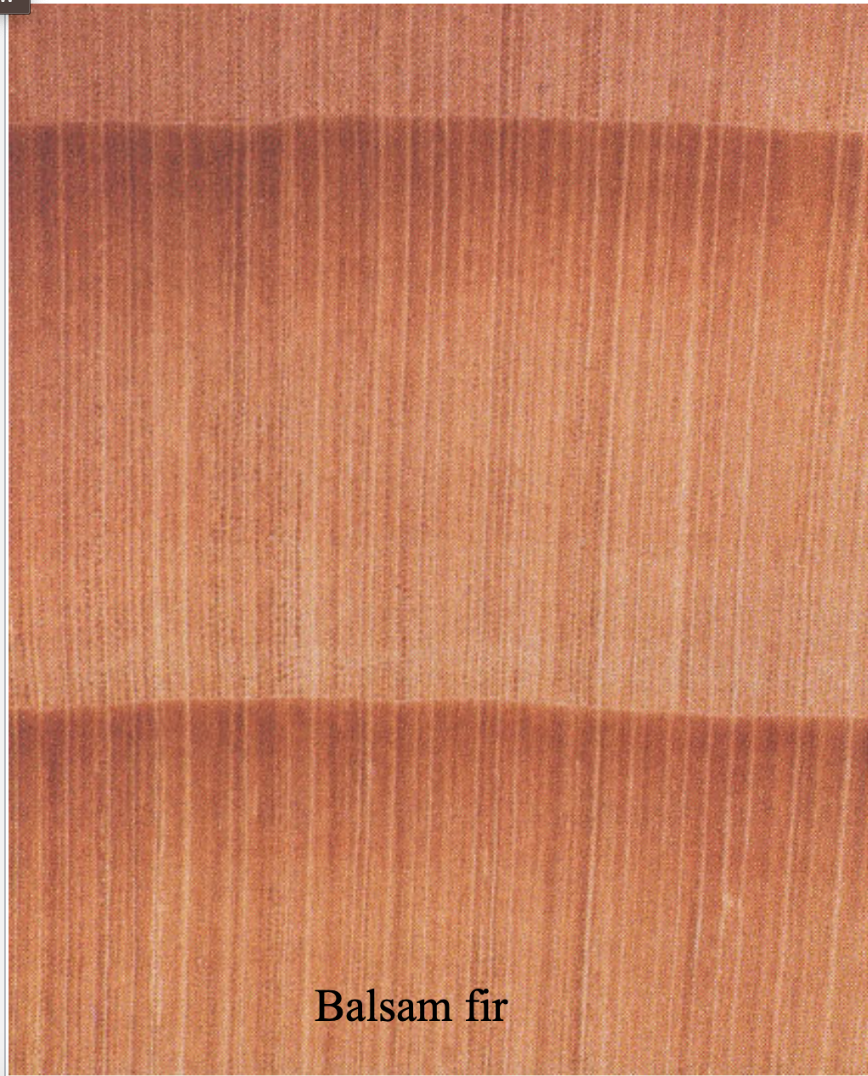
redwood- Sequoia sempervirens
deep brown but very light, obv thing gr and rays (form grid), coarse texture
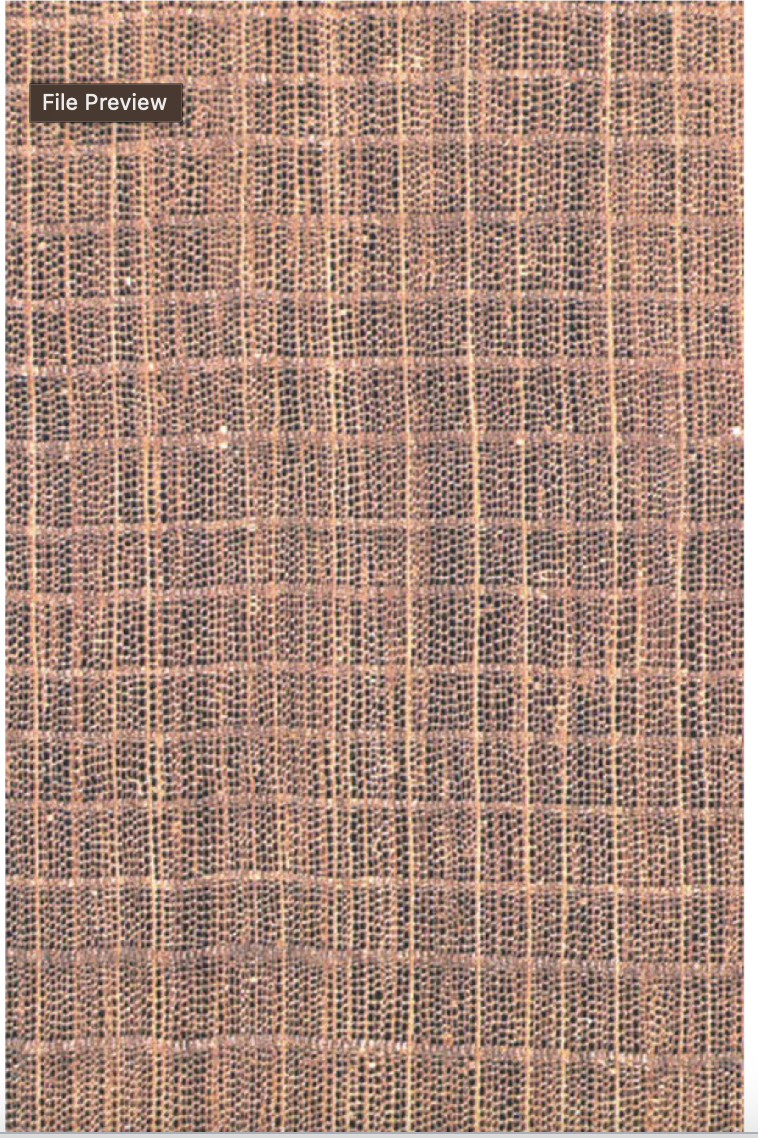
baldcypress- Taxodium distichum
yellow EW, brown LW, abrupt transition. may smell funky, very thin gr

western red cedar- Thuja plicata
higher density than other softwoods, distinct gr, highly distinct sweet smell
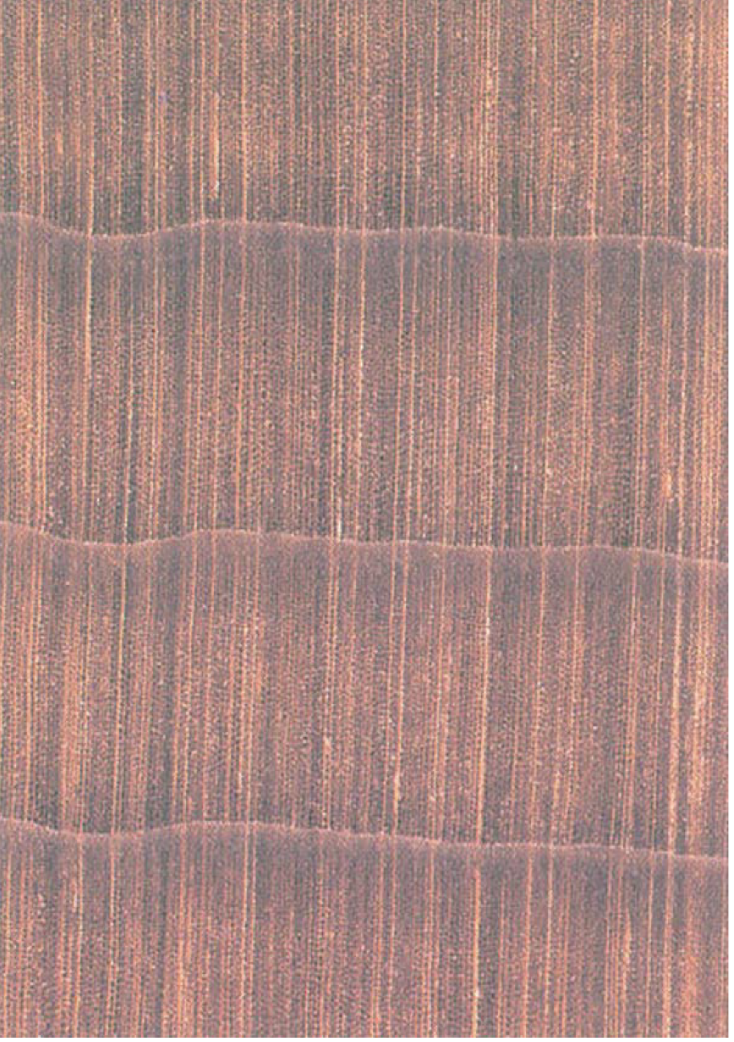
eastern red cedar- Juniperus virginiana
cedar chest smell, very low density (carves easily), distinct growth rings
